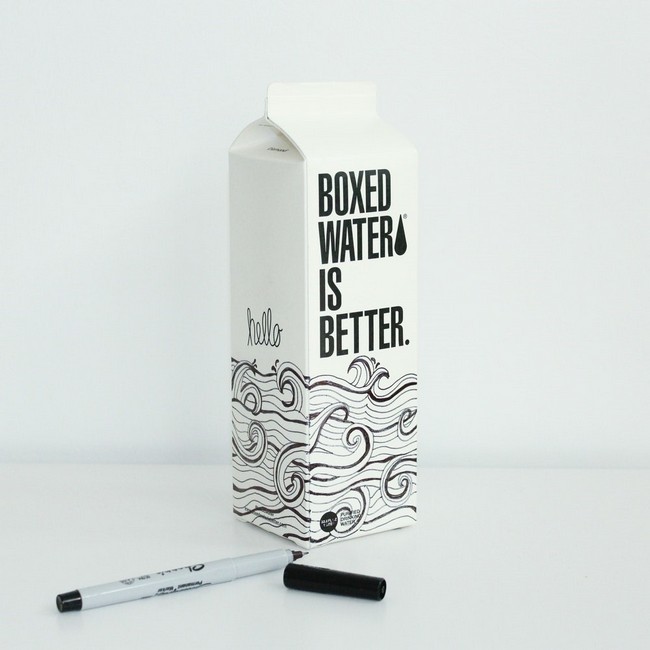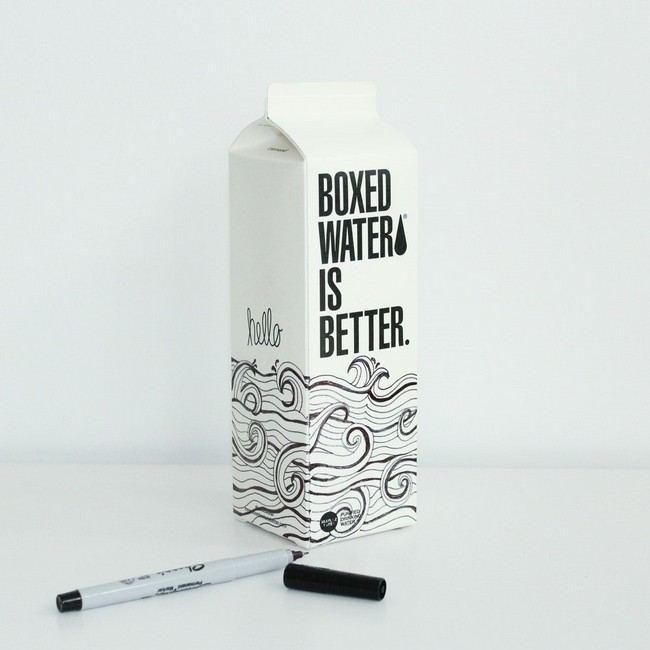
Are we expanding the scope of “Design”, or evolving a more holistic view of we think about business?
If you’re wondering what the question is about, it refers to two separate things I see trending out there in the world of marketing and business management. While much of the chatter out there is taking place as two separate discussions, one about the potential extinction of the current agency-client model and the other a more high-level movement to rethink how businesses organize and execute on all levels in a different manner – one that leverages many principles of design.
I won’t claim to be an “expert” on either of these topics, but I can say I’ve been diving into the Business Design thinking since the beginning of this year and see it not as a separate topic, but as something directly connected to the question of where agencies will play in the future. Because the fact is that many of them have already been practicing it without realizing it or reaping any value or appreciation for it.
Traditional Agencies - Doing It For Free
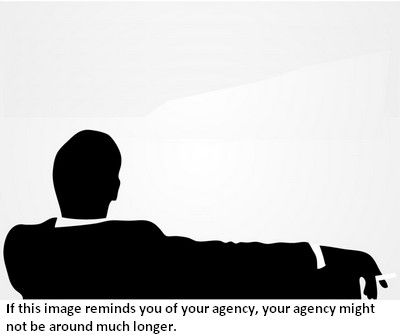
My first experience in the agency world was in Tokyo, Japan, and unbeknownst to me at the time I was extremely spoiled. Our parent agency was the largest foreign agency in Japan at the time, and the roster of global Brands we worked with was unparalleled. At the time, it was hard to imagine a better place in the world to be in an agency – with nearly every global brand having their offices in Tokyo (with a few exceptions like P&G and Nestle in Osaka/Kobe), it meant that a single office was working with a the world’s top Brands and their 2nd largest budgets (after the US market).
One aspect of the work I did not appreciate at the time was that some clients expected their agencies to be part of their product develop process. One client fielded 20-30 new product concepts from their roster agencies every year and a half-dozen or so of them would actually make it to the market in the following year. The agencies, of course, were well-equipped to dp this. With their own research agencies, teams with deep knowledge and experience of the client’s customers and their market, and an existing infrastructure in place for executing the launch and marketing, agencies had all the expertise needed to add value in the product development space – but often did not charge for it, as it was “paid for” in the old model of covering everything under the revenue from media buying.
“New” Agencies Were Always Getting Paid For It
If you are not keeping track of who the big players are in the agency world now, you might have missed that along with the hyper-growth of the digital space, according to one list, the world’s FOUR largest digital agencies have origins in consulting and accounting, not advertising. This list from AgencySpotter ranks Accenture Interactive, PwC Digital Services, IBM iX and Deloitte Digital as the top four in 2015. As global consultancies, most of these firms have had a place in the business side of the client’s operations – where general “management consulting” relationships easily extended into many other areas like product development and eventually – marketing.
Having an established relationship where the added-value work is being paid for means these “agencies” are already well-placed to take a leading role in “Business Design” – however it is defined by the business. This is the space where traditional agencies need to redefine who they are, where they can add value, how they resource for it and how they can get paid fairly for it.
This is where the two conversations of “Business Design” and “The Broken Agency Model” intersect. They are, in fact, the same conversation.
Apply “Design” to Everything – or Nothing
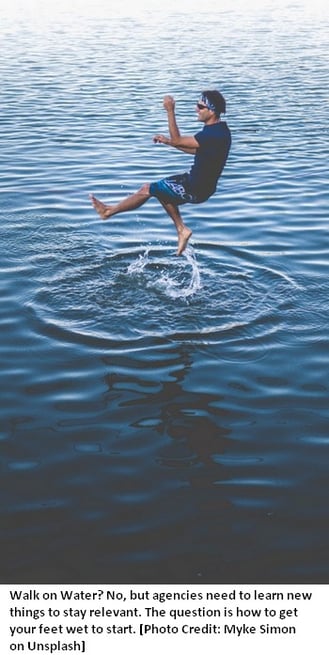
For those who work with me and are familiar with my thinking out loud about the role of “design” in its traditional agency sense know I have never been big on putting it first (I’m a strategic planner by trade), especially for online work. And yes, and my design colleagues hate that, and especially for B2B. It’s something I’ve become more comfortable saying out loud especially as mobile is taking such a big share of views now too (where the limitations of its impact are greater). But in the context of Business Design (BD), it’s easier to talk about Design not as an area that is losing importance, but more positively in the sense that design is migrating to become a core element in the entire business – Brand, Management, Organization, Product Development, Processes, Service, etc. So while its role may seem to be diminishing or less critical in the day to day high-profile spaces, it’s expanding its workspace into all the areas previously unseen by the customer, in part to better serve the employees and the organization and to create a unified infrastructure around the Brand that all areas of the business adhere to.
To do this, “design” needs to expand its scope, and add new skills. Bringing data into the scope is not just about being someone with analytics prowess, but being able to design the process for collecting the data, design the categories that need to be shared, name them and design how it will be presented to maximize the impact and highlight the actionable outcomes. Tableau software is an example that does this in its silo of data analytics, but the Business Designer would employ that as one tool for one area of their skill set that maps into a bigger, Brand-driven vision for how the entire enterprise will function to its maximum effectiveness – by which we mean not just as “efficient”, but to achieve higher goals of customer and employee satisfaction, sustainability and transparency.
So…it requires a different kind of team altogether, one that most agencies would already have in place, but with more narrow roles than what they should have. A strategist, researcher, analyst and of course, a designer. But the future agency should include resources like engineers, be they process engineers or even mechanical engineers and software engineers. They should have an HR specialist who understands the role of transparency, listening, personal growth and creative freedom on employee retention and recruiting. There really isn’t a limit to the spaces where “Business Design” could (and should) have an impact.
What It Could Mean In Practice
As noted earlier, I’m not ready to declare a deep expertise in determining what the definition of “Business Design” is, and given what is published about it already my guess is that we are a good way off from seeing a universally agreed definition. But there are few specifics I think that could tell us what it could mean in practice, which we can illustrate with a few examples:
What might Business Design look like for your business? It really should be part of an evolution of how you think about every part of your business and how each part work together as part of a more integrated whole. Here are a few somewhat simplistic examples of what the difference could be. Very few organizations will look exactly like one column or the other, but parts of your organization might:
“Before and After” Business Design Hypotheticals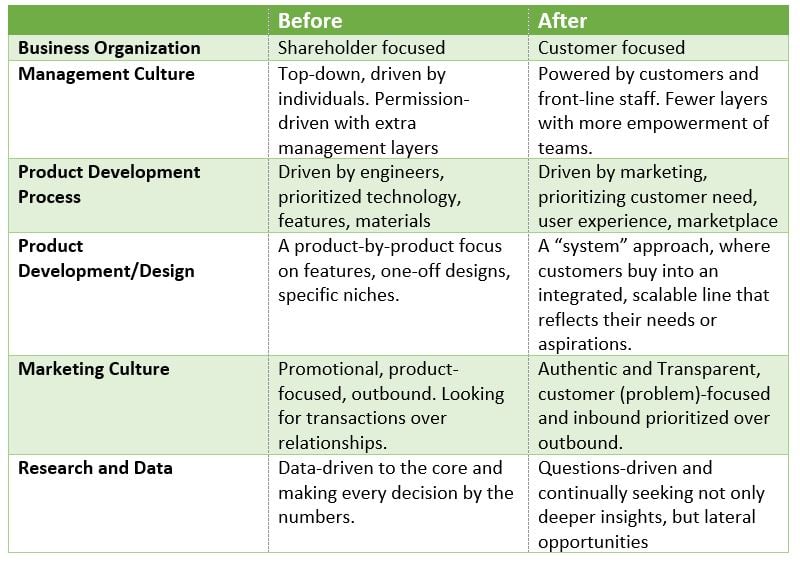
It’s in both the interests of your clients AND yourself to start getting nosier about where you might play a role. It doesn’t guarantee your CURRENT clients will be open to your new interest in things that have been in front of you for years, but it might also be a case of being welcomed to take a deeper interest in their business and bring the insights you already have in marketing to other areas that may benefit from them.


